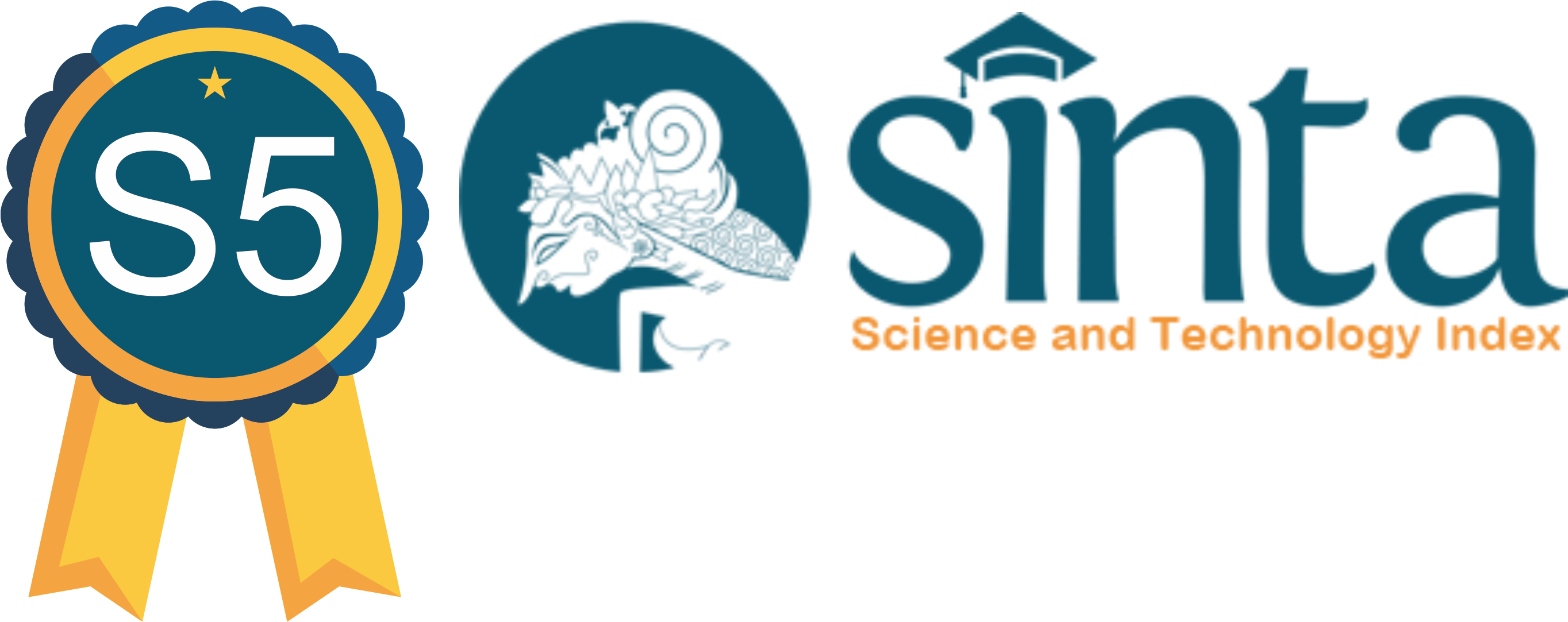Learning Style of Students Who Become Athletes in Kupang
Abstract
Each student has the characteristics of a different learning style as well as an athlete. Learning styles are divided into three parts, namely visual learning styles, auditory learning styles, and kinesthetic learning styles. The purpose of this study is to describe the description of the learning styles of students who become athletes in the city of Kupang. This research is a qualitative research with descriptive method. The participants in this study were four student athletes who were selected using a purposive sampling method with the characteristics of being active in college and still attending training. The results showed that the four participants had different characteristics, namely two student athletes were more dominant in the visual learning style, while the other two student athletes were more dominant in the auditory and kinesthetic learning styles.
Downloads
References
Chaplin, J.P. (1997). Kamus Lengkap Psikologi Penerjema Kartini Kartono. Cet 1. Jakarta: Raja Grafindo Persada.
Creswell, Jhon W. (2015). Research Design. Yogyakarta: Pustaka Pelajar.
DePorter, B & Hernacki, M. (2010). Quantum Learning: Membiasakan Belajar Nyaman dan Menyenangkan. Bandung: Kaifa.
Djamarah. (2002). Rahasia Sukses Belajar. Jakarta: Rineka Cipta.
Dryden, Gordon dkk. (2001). Revolusi Cara Belajar (The Learning Revolution) Belajar akan Efektif Kalau Anda dalam Keadaan “Fun”. Bandung: Kaifa.
Dunn, Rita. (1993). Teaching Secondary Student Through their individual Learning Style:practical approaches for grade 7-12. Massachussetts: Allyn and Bacon.
Ghufron & Rini Risnawita. (2014). Gaya Belajar Kajian Teoristik. Yogyakata: Pustaka Belajar
Kamus Besar Bahasa Indonesia (KBBI)
Kartika, Rochma Ayu. (2016). Konstruksi Sosial Siswa Terhadap Prestasi Non Akademik.
Kaudfeldt, Marta. (2008). Wahai Para Guru, Ubahlah Cara Mengajarmu: Perintah Pengajaran yang Berbeda-Beda dan Sesuai dengan Otak. Penerjemah: Hendarto Raharjo. Jakarta: PT. Macanan Jaya Cemerlang
Kurniawan, M. (2017). Analisis Karakter Media Pembelajaran Berdasarkan Gaya Belajar Peserta Didik. JINoP (Jurnal Inovasi Pembelajaran) Vol. 3. No. 1.
Lexi J. Moleong. (2006). Metodologi Penelitian Kualitatif. Bandung: PT. Remaja Rosdakarya
Mar ‘ah, A. 2015. Gaya belajar dan faktor pengaruhnya terhadap pencapaian prestasi belajar IPA terpadu siswa kelas VIII MTs sultan Fatah gaji Guntur demak tahun pelajaran 2015/2016.
Moleong, Lexy J. (2018). Metodologi Penelitian Kualitatif. Bandung : PT Remaja Rosdakarya.
Peraturan Pemerintah Nomor 16 Tahun 2007 tentang Penyelenggaraan Keolahragaan.
Rahmat, Pupu. S. (2018). Psikologi Pendidikan. Jakarta: Bumi Aksara.
Retnowati, Fatchan, & Astina. (2016). Prestasi Akademik Dan Motivasi Berprestasi Mahasiswa S1 Pendidikan Geografi Universitas Negeri Malang. Jurnal Pendidikan. Vol 1. No 1
Russel, Lou. (2012). The accelerated learning fieldbook. Bandung: Nusa Media.
Slameto. (2010). Belajar dan Faktor-Faktor yang Mempengaruhinya, Jakarta: Rineka Cipta. hlm. 47
Sudjana Nana. (2011). Dasar-Dasar Proses Belajar Mengajar. Bandung: Sinar Baru Algesindo
Sudaryono. 2017. Metodologi Penelitian. Edisi pertama. Depok: PT Rajagrafindo Persada
Sugiyono. (2011). Metode Penelitian Kuantitatif, Kualitatif, dan R&D. Bandung: Alfabeta
Suryabrata, Sumadi. (2001). Psikologi Pendidikan. Jakarta: Raja Grafindo Persada
Susilo, Joko. (2006). Gaya Belajar Menjadikan Makin Pintar. Yogyakarta: Pinus Book Publisher.
Undang-Undang Nomor 3 Tahun 2015 Sistem Keolahragaan Nasional Bab I Pasal I Nomor 7
Wahyuni, Y. (2017). Identifikasi gaya belajar (visual, auditorial, kinestetik) mahasiswa pendidikan matematika universitas bung Hatta. Vol. 10. No. 2.
Copyright (c) 2022 Christina Ikawany Riwu Manoe, Yeni Damayanti, Diana Aipipidely

This work is licensed under a Creative Commons Attribution-ShareAlike 4.0 International License.
Journal of Health and Behavioral Science (JHBS) is licensed under a Creative Commons Attribution-ShareAlike 4.0 International License. You are free to copy, transform, or redistribute articles for any lawful purpose in any medium, provided you give appropriate credit to the original author(s) and JHBS, link to the license, indicate if changes were made, and redistribute any derivative work under the same license. Copyright on articles is held by the authors. By submitting to JHBS, authors grant any third party the right to use their article to the extent provided by the Creative Commons Attribution-ShareAlike 4.0 International License.

 Christina Ikawany Riwu Manoe(1*)
Christina Ikawany Riwu Manoe(1*)








